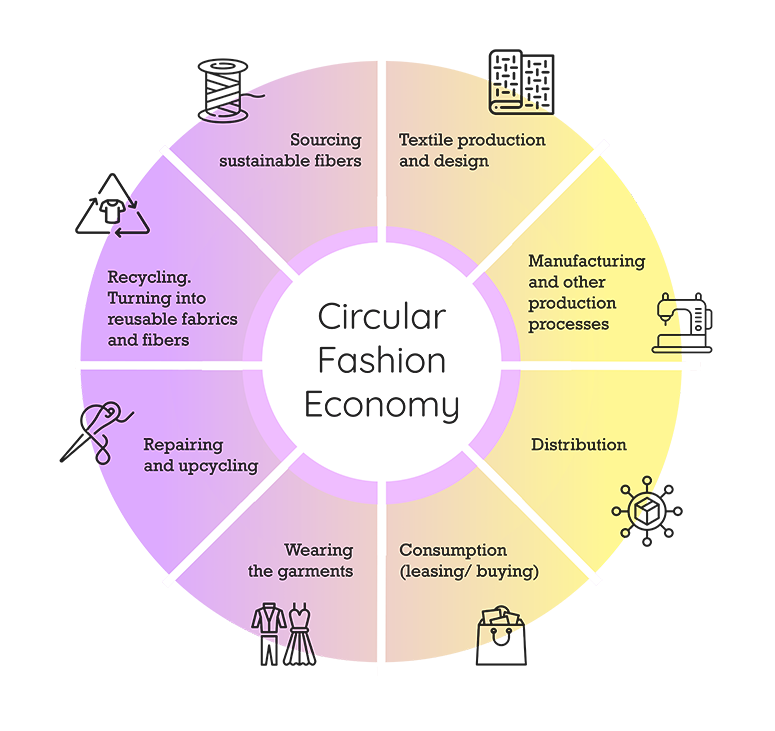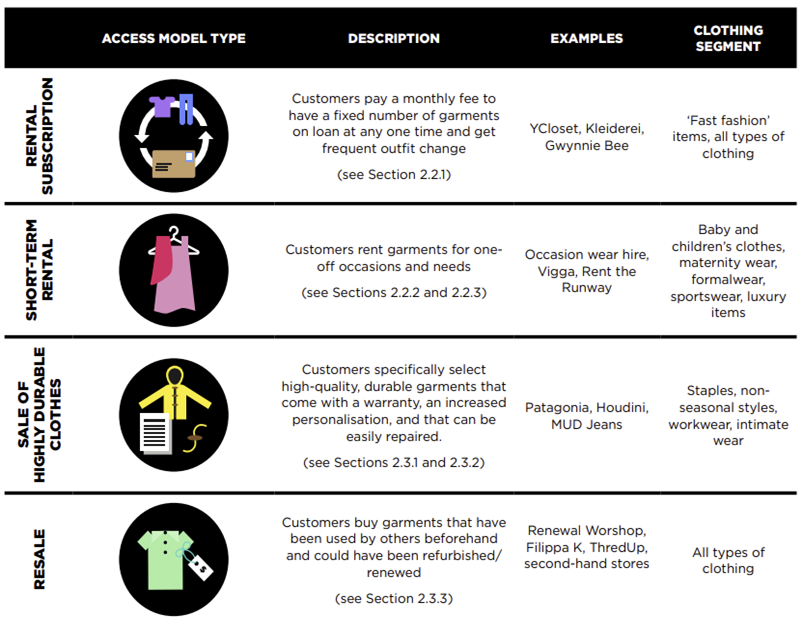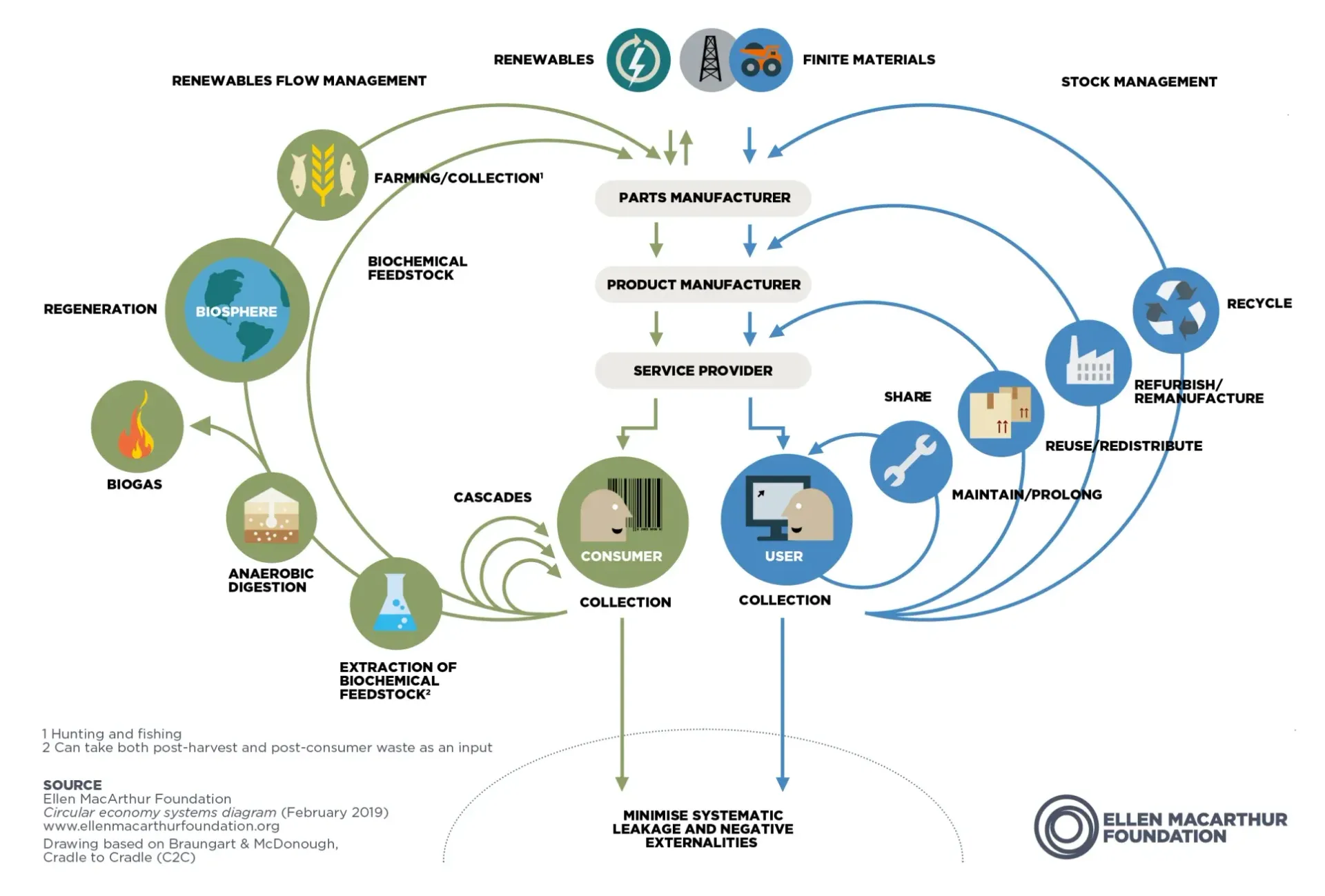CIRCULAR ECONOMY IN THE FASHION INDUSTRY: CHALLENGES AND ACTIONS NEEDED

CIRCULAR ECONOMY IN THE FASHION INDUSTRY: CHALLENGES AND ACTIONS NEEDED
The fashion industry is a vital sector of the global economy, providing employment opportunities to millions of people worldwide. However, the industry's environmental impact is significant, with water pollution, carbon emissions, and waste as the most pressing concerns. As such, many fashion companies have been exploring the adoption of circular economy principles as a way to minimise their environmental impact. However, the fashion industry's complex supply chain and consumer behaviour patterns pose significant constraints for applying circular economy principles. This article will discuss the fashion industry's main limitations when using circular economy principles.
Supply Chain Complexity
The fashion industry's supply chain is long and complex, from producing raw materials such as cotton, wool, and synthetic fibres to disposing of garments at the end of their life cycle. Each stage of the supply chain presents unique challenges to applying circular economy principles. For instance, producing raw materials requires significant amounts of water, energy, and other resources, which can lead to environmental degradation. Additionally, the processing and manufacturing of these materials result in greenhouse gas emissions that contribute to climate change. In such cases, creating a closed-loop system that recycles waste and reduces the use of virgin resources becomes challenging. Besides these constraints in the supply chain, many efforts have been made by leading actors in the industry to mitigate the negative environmental impacts, such as the use of organic raw materials, new garment treatments that minimise water use and working hand-by-hand with suppliers to improve their energy efficiency consumption with renewable sources.
Consumer Behaviour
Consumer behaviour is another significant constraint to adopting circular economy principles in the fashion industry. Consumers often focus on short-term trends and convenience rather than sustainability, leading to a need for more interest in a sustainable fashion. Additionally, consumers tend to prioritise affordability, which has led to the proliferation of fast fashion. The short fashion model is based on a "take-make-dispose" approach, encouraging the rapid turnover of clothes and resulting in significant waste generation. As such, it is challenging to implement circular economy principles when consumer behaviour needs to be aligned with sustainability. However, there is a mindset change in the youngest generations, such as millennials and GenZ, towards more sustainable products that can help fashion companies to enhance a more circular behaviour in fashion consumers' consumption.
Logistical Challenges
Logistical challenges are another significant constraint to adopting circular economy principles in the fashion industry. Collecting, sorting, and transporting used garments require substantial resources, including labour, transportation, and storage facilities. These challenges are further compounded by the fragmented nature of the fashion industry, with many small and medium-sized enterprises involved in the production and retail of garments. Additionally, the lack of standardised labelling and sorting practices makes it difficult to ensure that used clothes are recycled efficiently and cost-effectively. Designing and creating clothes with a circular objective for a long-life cycle and collaborating with sustainable fashion organisations and the leading fashion supply chain and logistic companies for greener transportation would help make a more sustainable industry.
Limited Availability of Recycling Technologies
The availability of recycling technologies is another constraint to applying circular economy principles in the fashion industry. While several recycling technologies exist, they have yet to be widely adopted due to their cost and technical limitations. For instance, textile recycling technologies such as mechanical, chemical, and biological recycling are still in the early stages of development and require significant investments to scale up. Additionally, these technologies often produce lower-quality fibres unsuitable for high-end fashion products, limiting marketability. Research and expansion into new materials and technologies are vital to moving the industry into circularity, and it will need the effort of primary industry stakeholders and governments' incentives.
Lack of Incentives
Finally, the fashion industry needs incentives to apply circular economy principles. While many fashion companies have pledged to adopt circular economy principles, they often lack financial incentives. For instance, the high cost of sustainable materials and production methods can result in higher consumer prices, which may not be acceptable in a market prioritising affordability. Additionally, there need to be more regulatory frameworks and financial incentives to support sustainable fashion, which limits the ability of fashion companies to invest in circular economy practices.
In conclusion, the fashion industry faces several constraints when it comes to the application of circular economy principles. Supply chain complexity, consumer behaviour, logistical challenges, limited availability of recycling technologies, and a lack of incentives are significant constraints that must be addressed to create a more sustainable fashion industry. While adopting circular economy principles is complex and challenging, creating a more sustainable industry is essential.
Ismael Gonzalez - Founder and Managing Director









